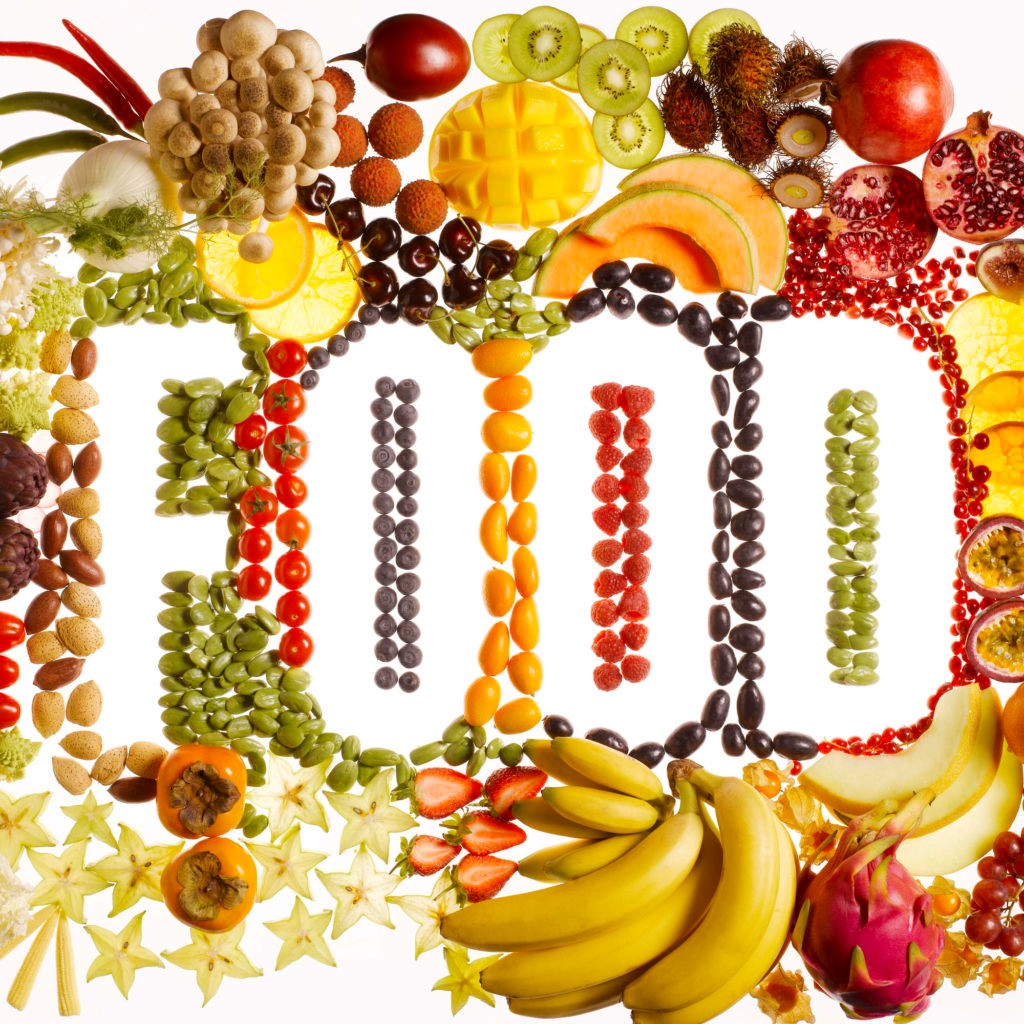April 28, 2020
Tuesday Health & Wellness Tidbit - from Your (Rural) Stress Transdisciplinary Team

Recognizing Unhealthy Eating Patterns During Stressful Times
COVID-19, coronavirus, pandemic, stay-at-home order, and social-distancing are words we have gotten very familiar with hearing. But those words also bring to mind the recent changes we have had to make, such as working from home, homeschooling school-age kids, no social gatherings at church, sporting events, or restaurants, and no visiting family and friends. Like many things in life, change can be hard, and food can become a comforter during those hard times. The majority of KSRE's personnel weekday patterns have drastically changed, and eating patterns have likely changed too. Working from home during these stressful times could make high-fat, high-sugar, and high-sodium foods very appealing because of the oral satisfaction from consuming those products. Or, to put it another way, those foods taste yummy.
Emotional eating can get the better of anyone, and over time can contribute to overeating, unwanted weight gain, and health issues. Your mood has a lot to do with many of the foods you crave when you are not physically hungry. Eating to feed an emotion (feelings) instead of physical hunger is considered emotional eating. Stress, depression, loneliness, frustration, anxiety, and anger are just a few emotions that can trigger food cravings. Although boredom and procrastination are not necessarily considered emotions, they are the most common reasons why people eat when they are not physically hungry. Food can be used to pass the time or put off doing things.
Hmm…are you asking yourself how can you distinguish between physical hunger and emotional hunger? Every person is different, but typically, physical hunger builds up gradually and is accompanied by a growling stomach, low energy, headache, inability to concentrate, or irritability. I am sure many of you have heard of the phrase "hangry," which means hungry people are usually angry people. That Snickers commercial was spot on by saying, "You're not you when you're hungry." Although physical hunger comes on gradually, emotional hunger comes on suddenly, and one craves a specific food item. Also, emotional hunger will cause one to eat despite feeling full.
Here are a few tips you can try if you suspect you are experiencing emotional hunger.
• Exercise. The endorphins released during exercise will improve your mood. Don't forget to consult a doctor before starting an exercise program for the first time.
• Call a friend.
• Read a book. If you have a public library card, you can get check out up to five electronic books a month from Hoopla. Here's the link: https://www.hoopladigital.com/my/hoopla.
• Do some light cleaning. This is a win-win because you will feel good about having a cleaner house and for not eating when you were not physically hungry.
• Go for a short walk. Just remember to practice social-distancing when you are out.
• Play an instrument or listen to music.
• Brush your teeth — the fresh minty taste of toothpaste will likely deter many sweet-related cravings.
• Drink water — some people mistake thirst for hunger.
• Spend time with your family or friends. No, I am not encouraging you to break the social-distancing rule. If they don't live in your household, you need to video chat with them.
• Write down your thoughts and feelings.
It may take a while for you to learn how to distinguish between physical hunger and emotional hunger, so whenever you have a desire to eat something outside your planned meal times, do a self-check to determine your hunger level. If you are not experiencing any of the symptoms your body experiences when you are hungry, wait 10 to15 minutes to see if the desire goes away. Cravings associated with emotional hunger may go away when you distract yourself, but symptoms related to physical hunger will intensify if ignored.